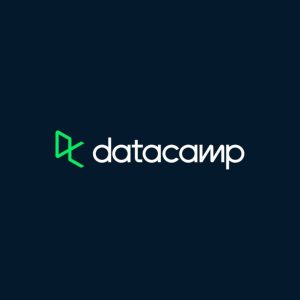Data Engineering
Showing 97–108 of 829 results

Citrix: Designing a Citrix Virtual Apps and Desktops and Citrix DaaS Deployment
Master the art of designing Citrix Virtual Apps and Desktops, along with Citrix DaaS deployments. Acquire the knowledge and skills to create efficient and flexible virtualization solutions, ensuring seamless access to resources for your organization.

Citrix: Migrating Citrix Virtual Apps and Desktops to Citrix DaaS
Learn the ins and outs of migrating from on-premises Citrix Virtual Apps and Desktops to Citrix Desktop as a Service (DaaS). Master the essentials of this crucial transition and ensure a seamless move to the cloud.

Clean Architecture: Patterns, Practices, and Principles
In this course, you will learn about Clean Architecture, a set of modern patterns, practices, and principles for creating software architecture that is simple, understandable, flexible, testable, and maintainable.

Cleaning and Working with Dataframes in Python
Learn to rename columns, tidy up messy data, and convert data types for efficient analysis. Say goodbye to data headaches and hello to streamlined insights.

Cleaning Data in SQL Server Databases
Develop the skills you need to clean raw data and transform it into accurate insights.

Cleansing Data in Excel
This course will teach you how to recognize dirty data, minimize its occurrence, and cleanse your data in Excel, working more efficiently, reducing errors, and minimizing cleansing time.

Cloud Computing – Database Technologies and Services
This Free Online Course Includes: 1.5-3 Hours of Learning CPD Accreditation Final Assessment

Cloud Data Warehouses
Explore cloud-based data warehouse solutions for storing and managing large volumes of data.

Collecting Data on AWS
AWS has some of the more comprehensive data collection services in the world. This course will teach you how to leverage various AWS services in accordance with your data collection needs.

Combine and Aggregate Data from Couchbase 6 Using N1QL
This course is about combining and aggregating data from multiple related documents using the N1QL query language. You will explore JOIN, NEST, as well as set operations such as UNION and INTERSECT, and aggregate similar documents using GROUP BY.

Combining and Filtering Data with MariaDB
In this course, you'll explore and learn how you can combine and filter multiple areas of the relational database to build an efficient result for end users.

Combining and Filtering Data with PostgreSQL 9
This course will teach you how to use PostgreSQL to expand your queries to filter and combine data. Using SQL, you’ll learn how to join data from multiple tables, combine result sets, and use aggregate and window functions.
